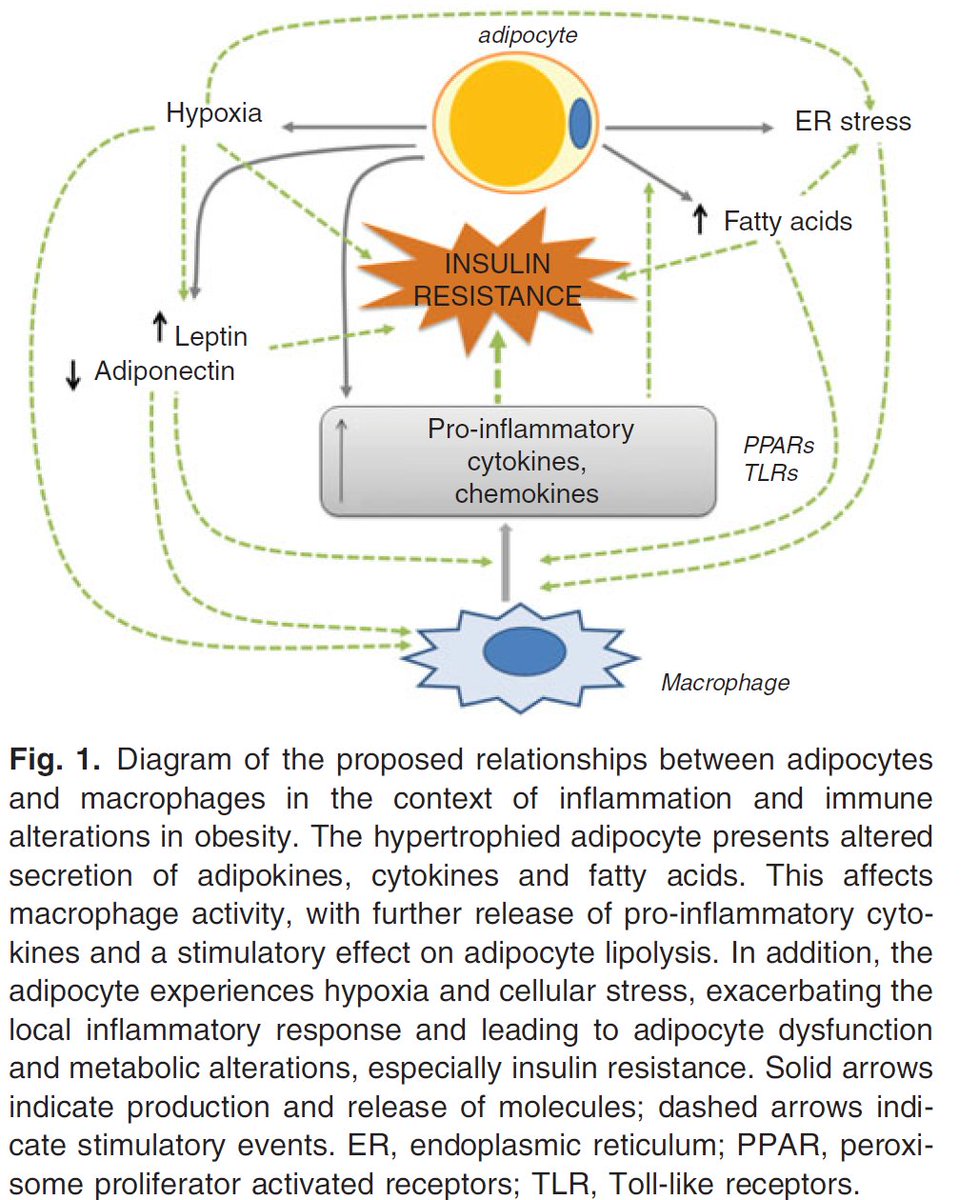#Obesity and #COVIDー19 have been in the headlines recently.
The link between the two is now undeniable.
Let’s take a look at WHY they are so tightly linked molecularly, physiologically, and anatomically in this #tweetorial.
#medthread #medtwitter
nytimes.com/2020/04/16/hea…
We learned quite a bit about obesity and viral infection in 2009 during the #H1N1 epidemic. Obesity led to:
🔼risk of ICU admission
🔼viral shedding
🔼recovery times
But WHY?
ncbi.nlm.nih.gov/pmc/articles/P…
Individuals with obesity are in a state of chronic low-grade inflammation as evidenced by altered levels of several cytokines such as TNFα, IL-6, and CRP.
ncbi.nlm.nih.gov/pubmed/22429824
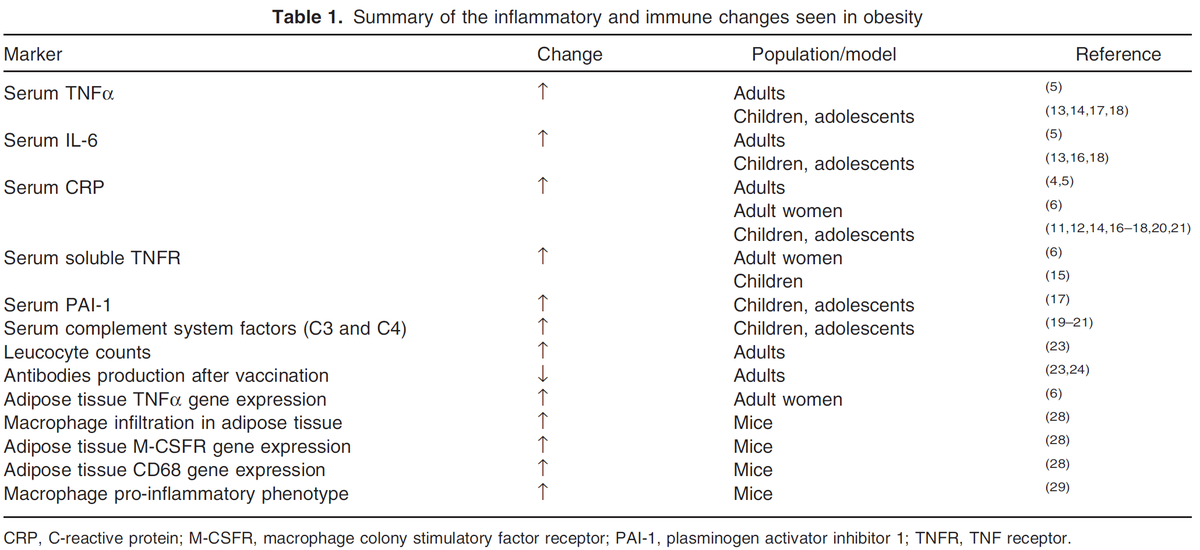
It is no surprise then that obesity, COVIDー19, and #cytokine storm are so tightly linked.
Unfortunately, the same cytokines that can lead to poor outcomes are those that are up-regulated in obesity.
forbes.com/sites/claryest…
Normally, adipocytes and immune cells work together.
In obesity, this balance is disrupted, leading to dysregulation.
This is seen most prominently in the switch from M2 to M1 macrophage phenotype and B-cell class-switching from IgM to IgG.
ncbi.nlm.nih.gov/pubmed/28045397
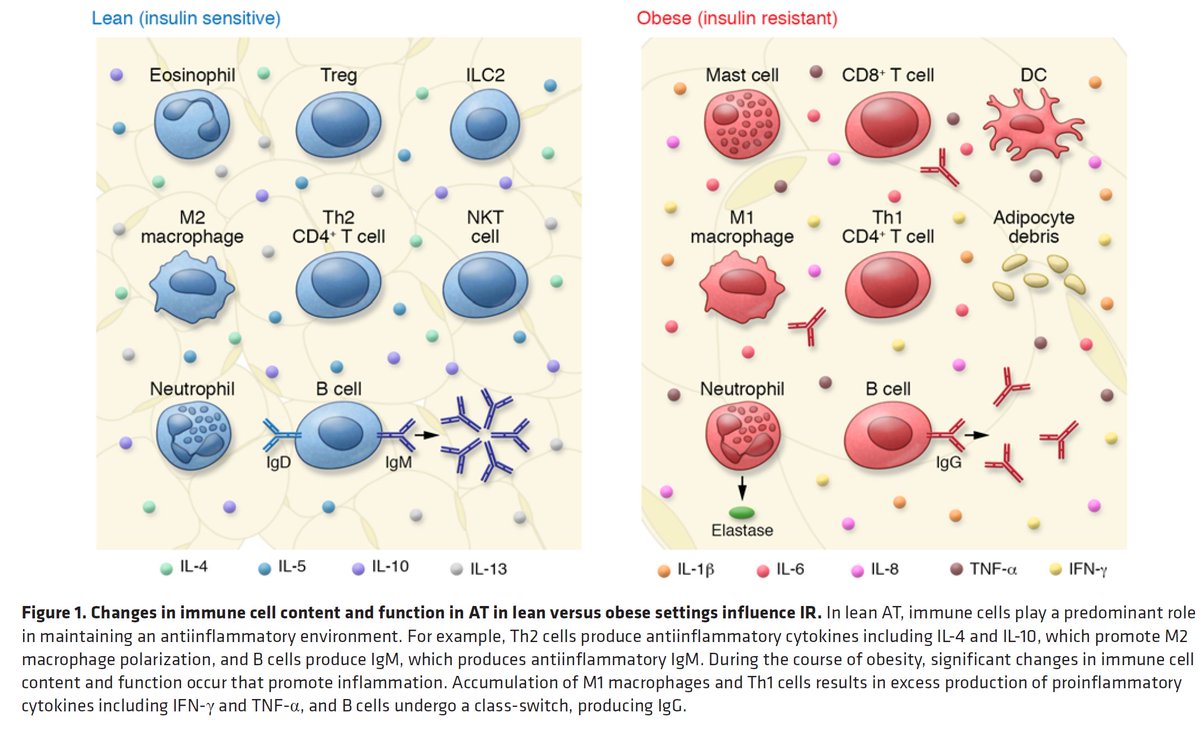
Can weight loss reverse these effects?
Yes, although the exact mechanism is unclear.
In one review of 66 studies, weight loss led to 🔽cytokine inflammatory markers and 🔼adiponectin.
The effects were most pronounced for weight loss of > 10%.
ncbi.nlm.nih.gov/pubmed/19087366
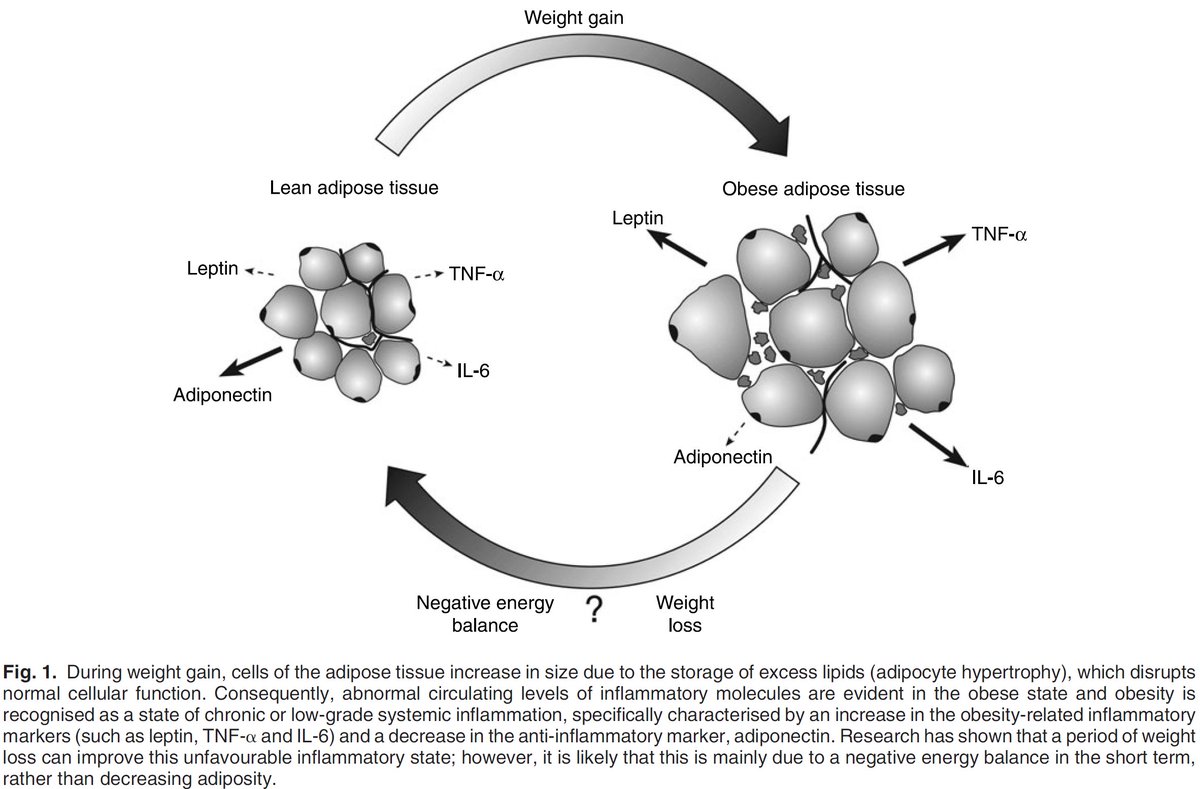
Putting molecular biology aside, obesity also presents anatomical and physiological challenges.
An obese abdomen pushes up on the diaphragm, reduces chest wall compliance, and raises intrapleural pressure, resulting in atelectasis and V/Q mismatch.
This respiratory compromise is seen more frequently in the supine position, arguing for prone ventilation, among a host of other techniques and settings designed for patients with obesity.
ncbi.nlm.nih.gov/pubmed/30850002
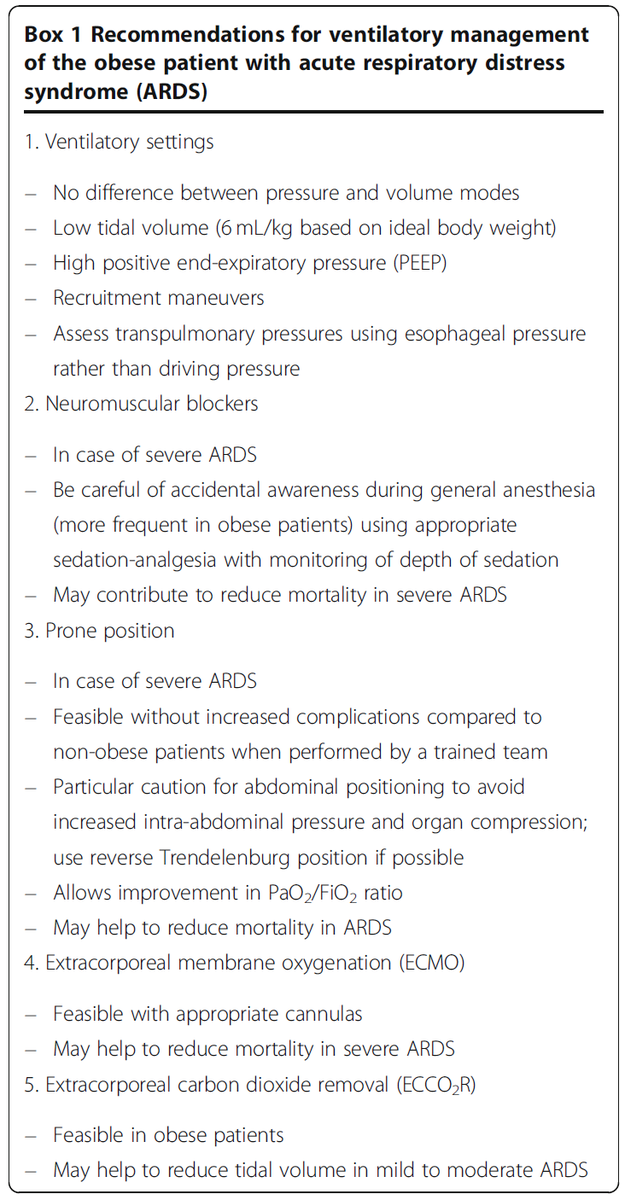
While this #tweetorial just scratches the surface on the interplay between obesity, the immune system, and ICU-level care, it underscores how obesity is a disease with complex molecular, physiological, and anatomical underpinnings.
Short of a vaccine and best practices regarding social distancing and personal hygiene, weight loss appears to be an important strategy for providers and patients to consider in the era of COVIDー19.

